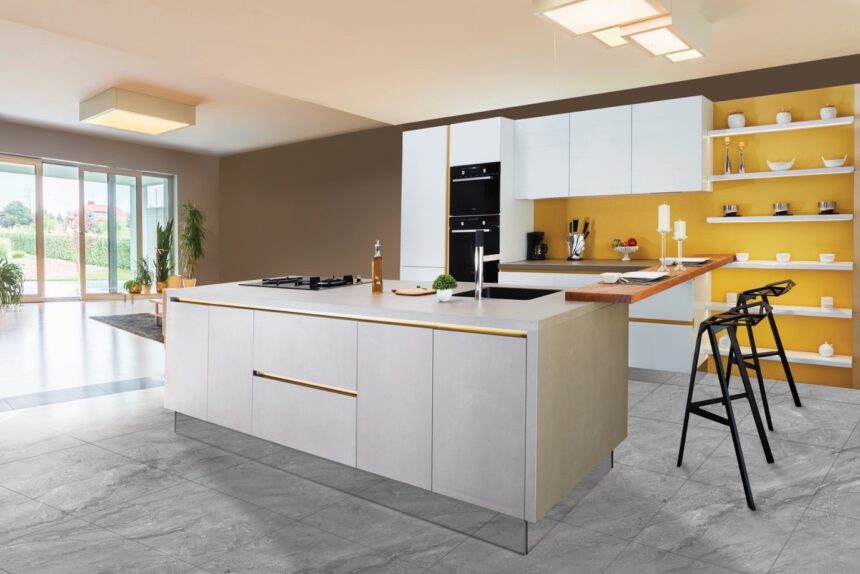
Most people understand that an effective way to maintain and build wealth is through investing in residential real estate. Property has a long-term track record of capital growth, which is why it is a favourite asset class for hundreds of thousands of Australians.
However, when you’re looking for investment properties to purchase, there are a number of factors you’ll need to take into account. Not all properties make for great investments, so here are a few things to consider when you start looking.
Easy to rent
As investors, one of the most important elements of a property is how easy it will be to rent out. The most obvious way to determine that is by looking at the suburb’s rental vacancy rate. A tight (or low) vacancy rate suggests there are few properties available for rent which should lead to the property quickly being tenanted.
Low vacancy rates also put upward pressure on rents which helps to pay down your mortgage faster.
What type of renter?
When evaluating the type of property you want to purchase, it’s important that it matches what people i the area want.
If you have a property that is not suited to the local market, then it will be hard to rent out and may see lower capital growth.
The most obvious example of this would be looking at the types of people who live in the area. If you’ve got a family-friendly area near schools and away from the CBD, then the odds are larger houses are going to be in demand. Growing families need more bedrooms, outdoor spaces, large kitchens and bigger family areas.
If you invest in a small unit in this type of area, you won’t see the same level of interest from the people that want to be in that area.
Capital Growth
All investors want to see their properties perform well and achieve a strong level of capital growth. Having strong rental demand and low vacancy rates is one factor that puts upward pressure on prices, as people who can’t find a rental or feel they are paying too much, will eventually move to buy.
You can analyse how a suburb’s capital growth might perform in the short term by comparing the number of annual sales to overall listings. Suburbs with a lot of listings and fewer sales will not likely see upward pressure on prices.
Jobs and Amenities
Another factor that contributes to an area being appealing is the number of jobs and amenities on offer. Renters in particular want to be in areas that have plenty of work and jobs available, as well as great entertainment and lifestyle facilities. That can be things like beaches, parks, shopping centres, cafes and restaurants.
The more reasons people have to live and work in a certain location, the more interest there will be for rental accommodation which often translates into buyer demand.
Easy to maintain
The final factor to consider when looking at rental properties is whether they are easy to maintain. Older properties can have issues with ongoing maintenance, as you may need to replace things like hot water systems and air conditioning units.
While newer properties might have lower maintenance costs, you may also have to pay a premium to purchase the property in the first place.
Some buildings have strata fees that also contribute to the overall ongoing costs. These can be very high for both old and new buildings, so it’s important to factor that in when deciding on whether or not to invest.

